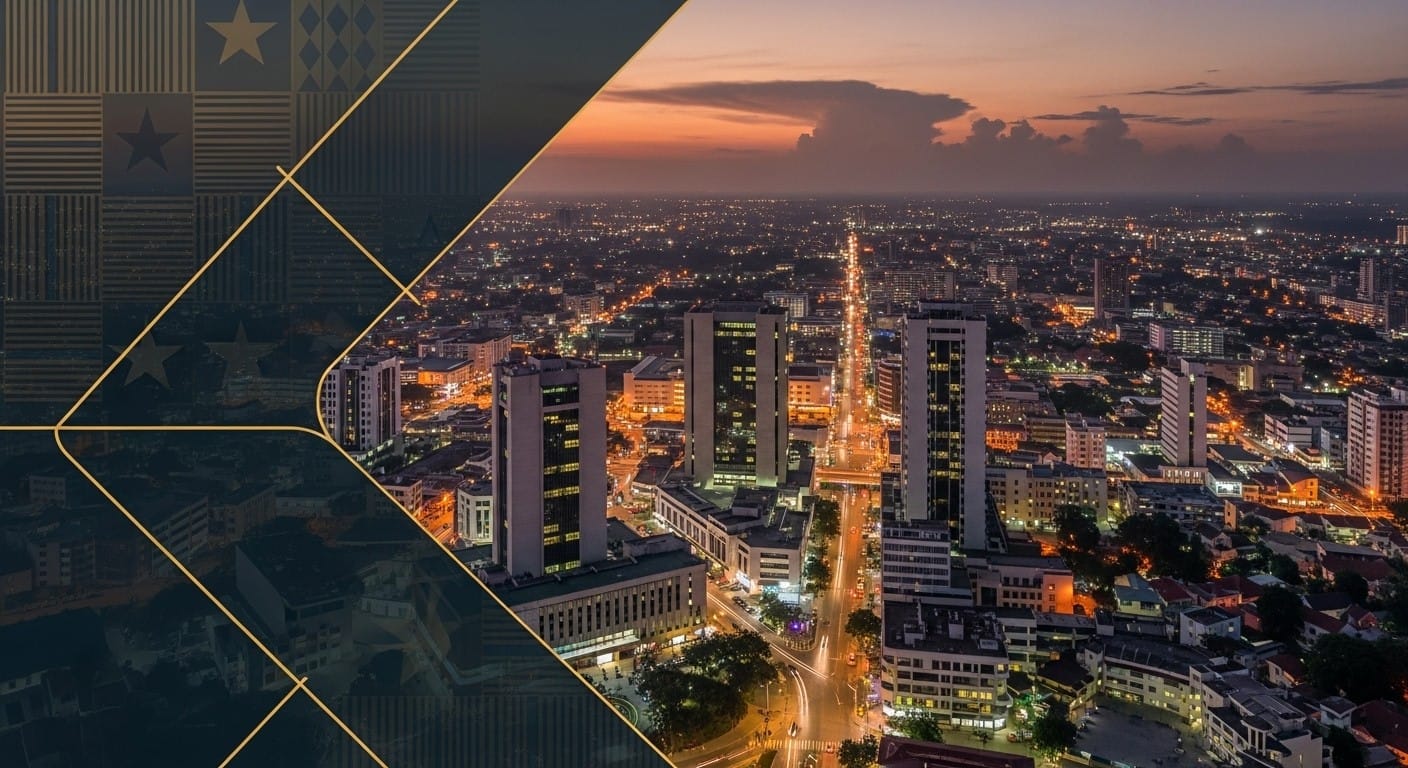Philip Johnson quotes on Architecture
Architecture is the art of Art of how to waste space waste space.
By: Philip Johnson
Philip Johnson, a mastermind in the realm of architecture, once described his craft as “the art of how to waste space.” This intriguing statement might seem counterintuitive at first glance. After all, isn’t architecture about creating functional, efficient, and beautiful spaces? Yet, Johnson’s words carry a deeper meaning, one that transcends the mere construction of buildings and delves into the philosophy of space itself.
The Art of Space
Consider the idea that space, like a canvas to a painter, is the architect’s medium. Architects, like artists, must decide how to fill—or not fill—their canvas. The ‘waste’ Johnson refers to is not about squandering space, but rather about the intentional choice to leave space open, to create voids that speak as loudly as structures. These voids, these pockets of ‘nothingness,’ are what give form and function to the ‘somethingness’ of the buildings and rooms we inhabit.
Embracing the Void
Embracing the void is about understanding the balance between the occupied and the unoccupied. In life, as in architecture, the voids are the pauses between our activities, the breaks in our schedules, and the breaths between our conversations. These moments of ‘waste’ are essential. They give rhythm to our lives and allow us to process and appreciate the fullness of our experiences.
The Dynamics of Motivation
Motivation often thrives in the spaces we leave open for it. When we jam-pack our lives with tasks and distractions, we leave little room for inspiration to grow. By intentionally ‘wasting’ space in our schedules, we create opportunities for motivation to find us. This is the art of productive procrastination, where we strategically waste time to let our minds wander, explore, and stumble upon new ideas.
Life Productivity
Productivity is not always about doing more; it’s about doing what matters. By wasting space wisely, we prioritize what truly deserves our time and energy. This means saying no to the things that do not align with our goals and yes to the spaces that allow us to thrive. It’s about creating a life architecture that supports our well-being and ambitions.
Improvement Advice
Improvement is not a straight line; it’s a dance between effort and ease. To improve, we must recognize when to push forward and when to step back. Wasting space in our personal development means giving ourselves permission to rest, to reflect, and to celebrate our progress. It’s in these spaces that growth often takes root.
Emotions of Surprises and Wisdom
Surprises often hide in the spaces we overlook. When we waste space, we open ourselves up to the unexpected. Wisdom, too, is found in the quiet corners of our lives, in the moments of stillness that we allow ourselves to experience. These emotional landscapes are as important as the physical ones we navigate daily.
A Touch of Seriousness and Happiness
There’s a serious side to wasting space—it requires discipline and intention. It’s about making conscious choices about what we let into our lives and what we keep out. Yet, there’s also immense happiness to be found in the freedom that comes with these choices. The joy of creating space for what truly matters is unparalleled.
Creating a Thought-Provoking Experience
Wasting space is an invitation to think differently about how we live. It challenges us to question the status quo and to design a life that reflects our unique values and desires. It’s a thought-provoking journey that asks us to consider not just the spaces we fill, but the ones we choose to leave empty.
Engaging and Understandable
The concept of wasting space is not just for architects or adults; it’s a principle that can be understood and applied by everyone, including 15-year-olds. It’s about making room for what you love, whether that’s hanging out with friends, pursuing a hobby, or simply daydreaming. The art of wasting space is about finding balance and making life more enjoyable and meaningful.
Conclusion
Philip Johnson’s view of architecture as “the art of how to waste space” is a powerful metaphor for life itself. It reminds us that the spaces we leave empty are as important as the ones we fill. By embracing the voids, we create room for motivation, productivity, and improvement. We allow for surprises and wisdom to emerge, and we find a balance between seriousness and happiness. This is the art of living well, and it’s an art that each of us can master with intention and grace.
FAQs about The Art of How to Waste Space
- What did Philip Johnson mean by saying architecture is the art of how to waste space?
Philip Johnson was suggesting that architecture isn’t just about building structures, but also about the intentional use of open space. The ‘waste’ refers to the deliberate choice to leave certain areas unoccupied, creating a balance and contrast that enhances the overall design.
- How can ‘wasting space’ be beneficial in our daily lives?
‘Wasting space’ in our daily lives can mean taking breaks, allowing for downtime, and not over-scheduling ourselves. This can lead to increased creativity, reduced stress, and a better quality of life as we give ourselves room to breathe and grow.
- Is ‘wasting space’ not just being lazy?
No, ‘wasting space’ is not about being lazy. It’s about intentionally choosing to leave room in our lives for rest, reflection, and opportunities that might arise. It’s a strategic approach to life that can lead to greater productivity and satisfaction.
- Can teenagers benefit from ‘wasting space’?
Yes, teenagers can benefit from ‘wasting space’ by ensuring they have time to relax, pursue interests, and simply enjoy being young without the pressure of being constantly busy. It helps them develop a healthy balance between work and play.
- How does ‘wasting space’ relate to productivity?
‘Wasting space’ can enhance productivity by preventing burnout and fostering an environment where creativity can flourish. It’s about working smarter, not harder, and recognizing the value of pauses and breaks in our workflow.
- What is the art of productive procrastination?
The art of productive procrastination involves intentionally taking breaks or delaying work to allow for creative thinking and idea generation. It’s a way of ‘wasting space’ that can lead to more innovative and effective solutions.
- How can ‘wasting space’ improve personal development?
‘Wasting space’ can improve personal development by providing the time needed for self-reflection, learning from experiences, and setting goals. It allows for personal growth to occur naturally and sustainably.
- Can ‘wasting space’ lead to unexpected surprises?
Yes, by leaving room for the unexpected, ‘wasting space’ can lead to pleasant surprises, new opportunities, and serendipitous moments that might not occur in a fully structured environment.
- Is it important to balance ‘wasted space’ with activity?
Absolutely. Balance is key in using ‘wasted space’ effectively. It’s important to have a mix of activity and downtime to maintain a healthy and productive lifestyle.
- How can we apply the concept of ‘wasting space’ to our schedules?
We can apply the concept by intentionally scheduling free time, avoiding the temptation to fill every moment with tasks, and allowing ourselves the flexibility to adapt to new ideas and changes in our plans.










